Divali Nagar, City of Lights in Trinidad and Tobago
By Raj Shah
The event became so popular, the original venue was no longer large enough to house the crowd. The National Council of Indian Culture (NCIC) lobbied for the Nagar’s permanent home to be located along Uriah Butler Highway. Presently, the exposition is hosted in the borough of Chaguanas. In three decades, the Nagar has become part of the cultural landscape that has served to educate people who have little knowledge about Hinduism. The event also encourages new generations of Hindus to strengthen their faith.
The Divali Nagar celebration in Trinidad and Tobago is the largest celebration outside of India. Over nine days, more than 300,000 visitors attend this event. It is the most significant Indian cultural event of the Trinidad and Tobago as well as throughout the entire Caribbean. The event has set a trend in that now South Florida and other places in the US have Divali Nagars of their own.
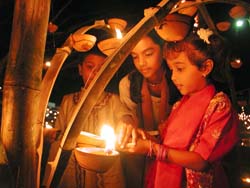
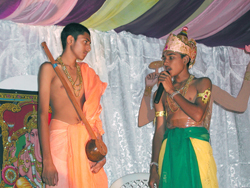

Festivities usually begin one week prior to the annual Diwali day holiday and finishes the night before Diwali. The event concludes with extensive fireworks show on the final night.
Emphasis has been given to the several cultural and religious parts of the program every year and the enormous positive impact it has had in Trinidad and the Caribbean as well as the diaspora living abroad.
Over the last few years, the exposition of Hindu Culture at the Divali Nagar has expanded with significant improvement. The celebration is annually undertaken with a theme depicting an aspect of Hindu philosophy. There are various displays that are selected to educate the visitors on the theme. Mahatma Gandhi and Swami Vivekananda were two of the most popular themes over the years. A huge statue of the Swami Vivekananda was erected on the compound and for years it brings great inspiration to visitors.
In 2016, the theme was Ganga Maa, which focused on the goddess of the River Ganga (Ganges). In 2017, the theme was Hindu Symbolism. This year’s theme is Hindu Reformers.
This sacred festival brings all within the community positive feelings and is marked by unity, harmony, and festivity. It is observed and celebrated as a national holiday and unifies multi-religious, multi-cultural and multi-ethnic Indo-Caribbeans living in Trinidad and Tobago.
The Divali Nagar site is used during the year for educational seminars, Indian Arrival Day festivities, religious festivities, trade exhibition and wedding receptions.
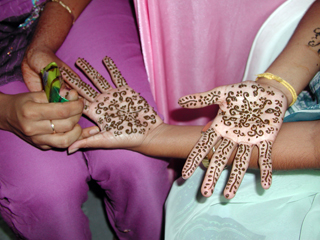
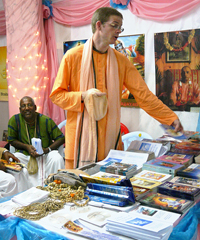
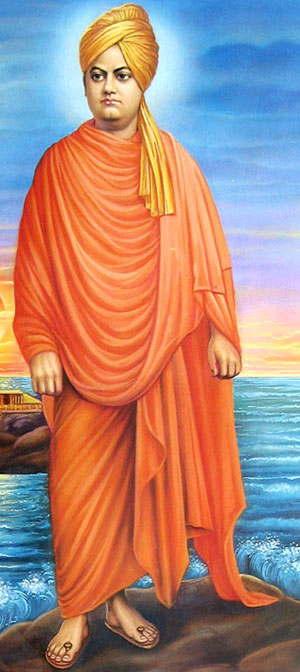
| Photos Courtesy |
| Dr Kumar Mahabir |
|
A software engineer by profession, Indian culture enthusiast, ardent promoter of Hinduism, and a cancer survivor, Raj Shah is a managing editor of Desh-Videsh Magazine and co-founder of Desh Videsh Media Group. Promoting the rich culture and heritage of India and Hinduism has been his motto ever since he arrived in the US. He has been instrumental in starting and promoting several community organizations such as the Indian Religious and Cultural Center and Hindu University of America South Florida Chapter. He serves as a chairman of Board of International Hindu University. Raj has written two books on Hinduism titled Chronology of Hinduism in which he has documented the rich history of the world’s oldest religion, and Understanding Hinduism – The Basic Facts about Hinduism and Frequently Asked Questions. He has also written three children books, We love Diwali, Holi Hai and The Complete Ramayan in 100 Tweets. |

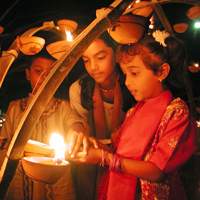

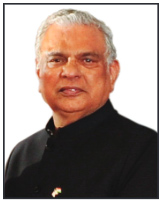 About Raj Shah
About Raj Shah



























